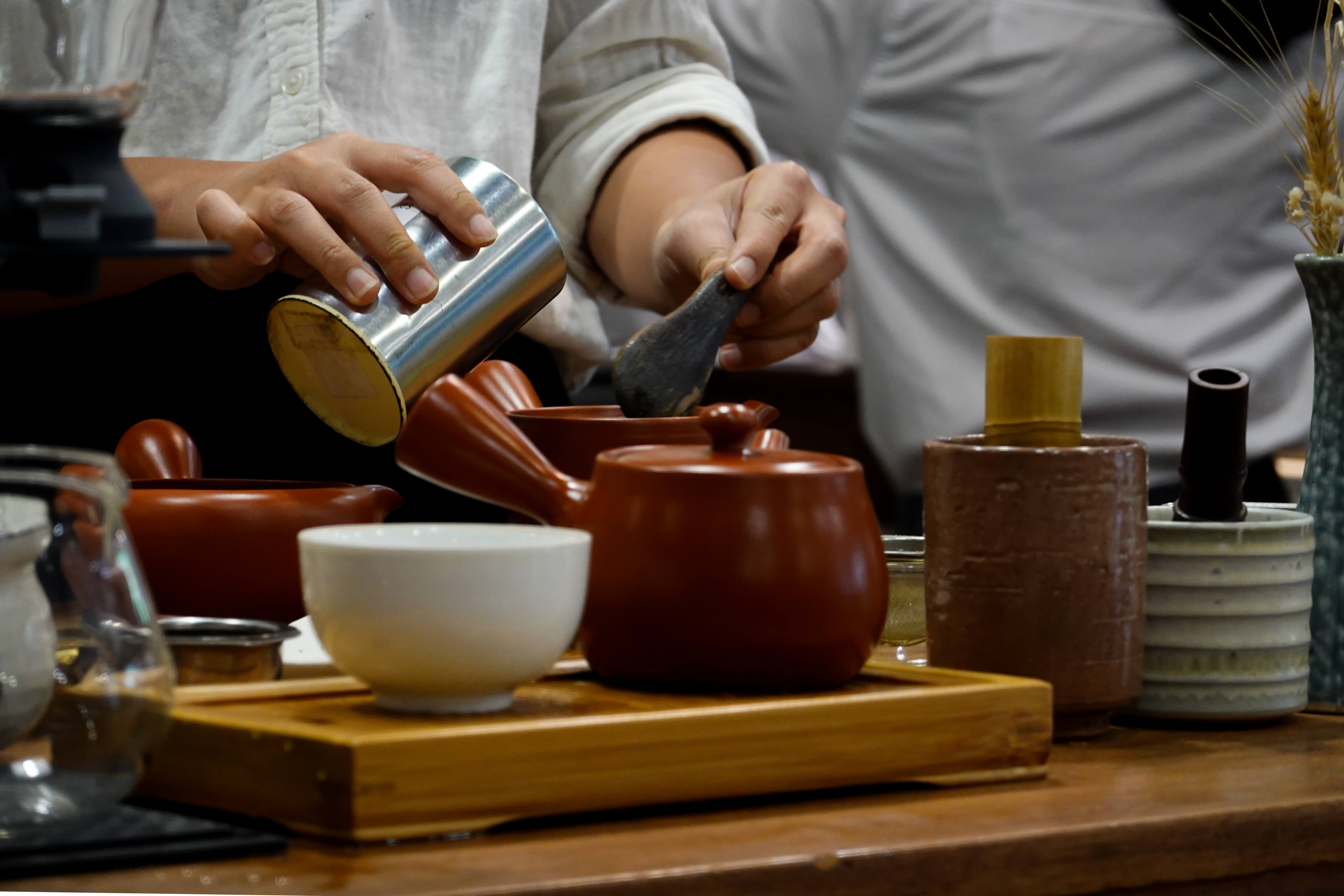
Preparing a great cup of tea is an art in itself.
Making a great cup of tea depends on three components: Your choice of fresh tea leaves, clean water and correct steeping times.
To choose a good quality tea, freshness and original handcrafting of the tea leaves are the factors you should look out for.
Although tea comes from a plant called Camellia sinensis which grows in parts of Asia and Africa, different ways of processing tea leaves lead to a wide range of tea. Some of the most popular ones are black tea, green tea, Oolong, white tea, and yellow tea. Each type of these tea should be handled differently in terms of the temperatures of water, different steeping times, and different amounts of the tea itself.
Let us quickly acquaint ourselves with different types of teas:
Black Tea: Withered tea leaves that have been oxidized before drying to create strong or bold flavors. There are two variations of black tea. CTC black teas are named after the process, of "crush, tear, curl" (and sometimes called "cut, tear, curl") in which tea leaves are turned into small, hard pellets. Known for their consistent flavor, CTC teas are used for spiced teas also popularly known as masala chai.
Orthodox black teas are not crushed or turned into pellets but oxidized after giving the leaves a twist and drying to give a more authentic experience for tea drinkers.
Green tea: When tea leaves are simply dried skipping oxidation by a process of steaming or dunking in boiling water, we have green tea. There are various types of green teas that depend on the method of drying. Known to boost immunity and deter weight gain, this tea is mellow in taste. Green tea has now emerged as a new-age health beverage.
Yellow tea: Yellow tea is similar to Green tea with an additional step of encasing and steaming the tea which allows slow oxidation before the tea is heated again. These processes make the tea expensive while the mellow taste and grassy aroma unlock a whole range of health benefits.
White tea: While there is no specific definition of white tea, it may refer to tea leaf buds that are just dried. There is no process of rolling or oxidation. In some instances, tea leaf buds are picked just before opening, and sun-dried which gives the tea buds a silvery-whitish appearance.
Oolong tea: Oolong which literally means ‘black dragon’ is traditional semi-oxidized Chinese tea produced through a process including withering the plant under strong sun and oxidation before curling and twisting the tea leaf. Often the tea is rolled into small leafy beads with tails. These teas taste often taste sweet with notes of honey while it has a woody aroma.
To brew one cup of tea you would need one pyramid tea bag or one teaspoon of loose leaf tea for each six to eight ounces (177.4 to 236.6 milliliters) of clean water with a neutral pH. Use fresh, spring or filtered water, and heat it to a rolling boil for steeping.
For steeping tea, ceramic is considered the best while glass is also considered suitable. However, using metal can lend an unwanted flavor.
Steeping time varies for different kinds of tea. Steeping begins when heated water is poured over the teabag, an infuser or a tea strainer, or in the teapot. The aim of steeping is to infuse the water with tea. Over-steeping may cause bitterness, so it is important to experiment to find the best cuppa for yourself.
Water quality determines the nature of the tea. Green and white teas taste better with lower water temperatures. They are fragile and in the event that you put bubbling water on them, the completed glass will appear like overcooked vegetables as opposed to a richly sweet, dynamic drink. Dark teas taste better with higher water temperatures that help to draw out the coveted tannins from the tea. If the water is not sufficiently hot, the tea may taste feeble and ailing top to bottom.
Some useful tips that you must follow while making any kind of tea:
- Always use cold, fresh water for boiling. Do not re-boil old water.
- Pour the water over the tea directly into the cup. Not the other way around.
- Always cover the glass with something (e.g. a little plate or a saucer) for the whole time of soaking. When soaking is done, expel the leaves promptly. If you are using tea in teabags, do not squeeze the teabags after the steeping is done.
- Don't give the tea a chance to chill off, drink it while it's warm.
Steeping details for each type of tea:
Black tea (CTC): 2.5 grams (0.088 ounces) per cup; water temperature 96C (205F); steep for 3 minutes.
Black tea (Orthodox): 3 grams (0.105 ounces) per cup; water temperature 96C (205F); steep for three to five minutes.
Green tea: 3 grams (0.105 ounces) per cup; temp. 65-80C (149-176F); three to five minutes.
Oolong: 3 grams (0.105 ounces) per cup; temp. 90C (195F); five to seven minutes.
White tea: 3 grams (0.105 ounces) per cup; temp. 80-85C (175-185F); five to seven minutes.
Not all numbers stated above are precise because some types of tea can be steeped for various lengths of time using different temperatures of water. You can add sugar and milk, which goes best with CTC black teas. Lemon goes best with green and orthodox black teas. But add only a little.
At TeaOrb, we have identified the appearance and the aroma of all our products along with steeping instructions.
Listen to your own palate, and find what tastes best to you. There are no hard rules of right and wrong approaches to appreciating tea. As it is a matter of individual taste.




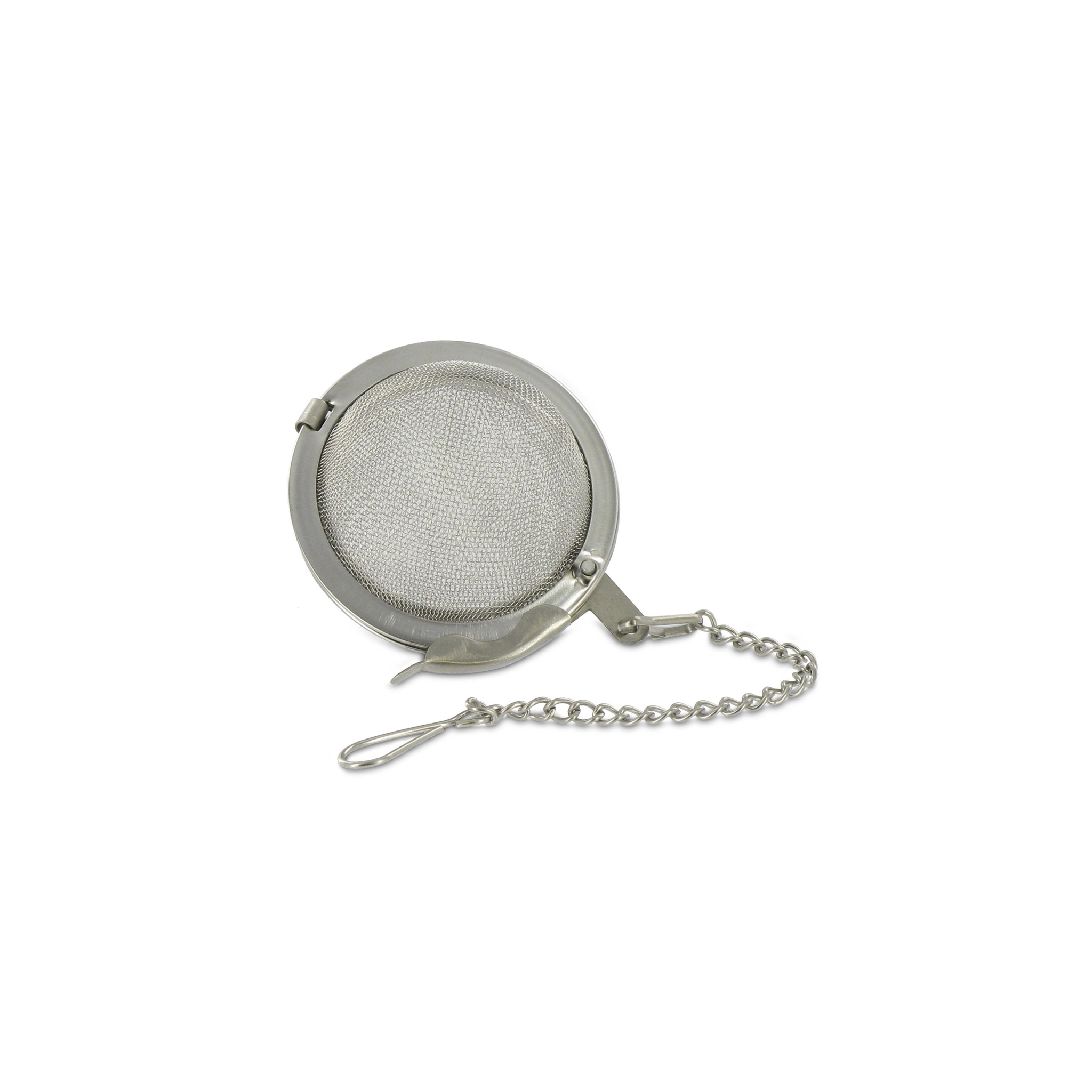
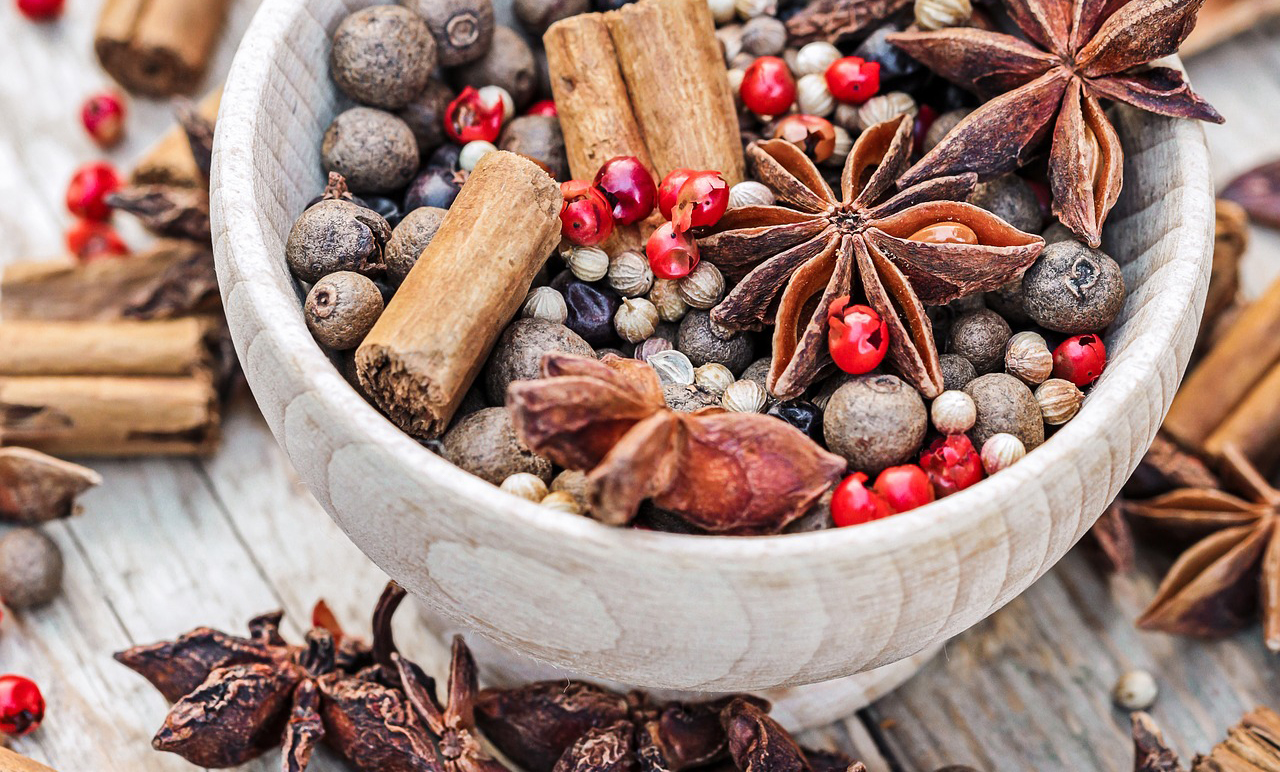



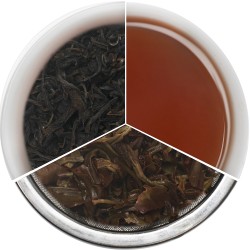
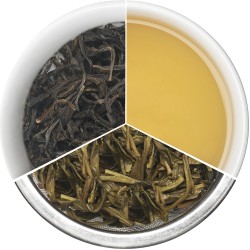
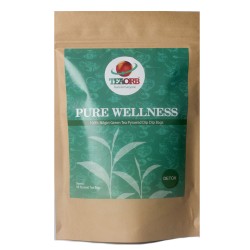
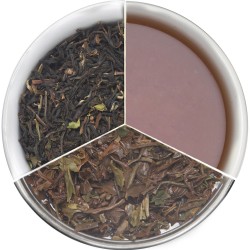
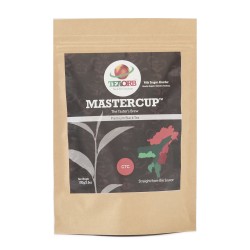





Leave a Comment